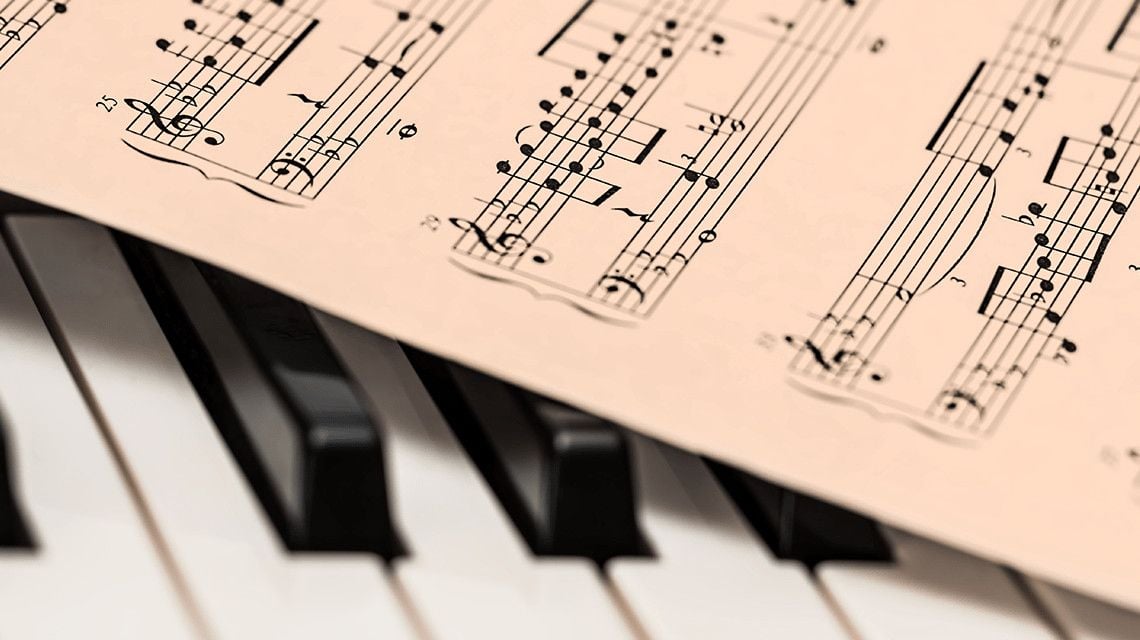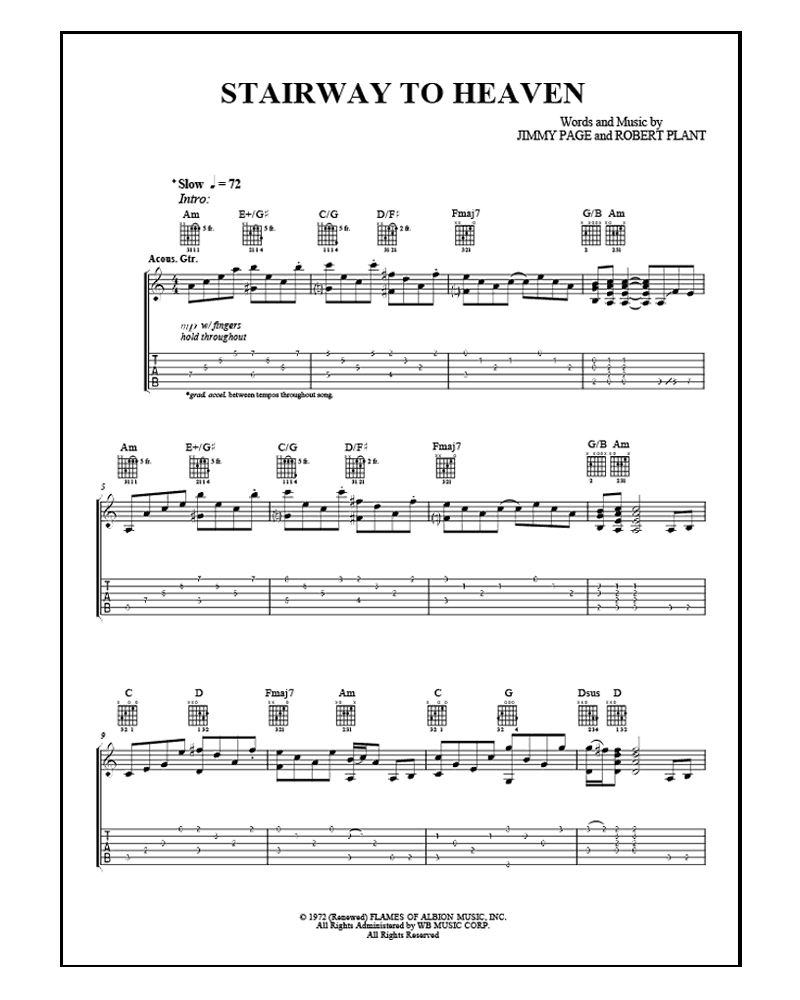A Complete Guide to Clef Notes: What Are They and How to Use Them
Learn all about the different musical clefs!

What is a clef note?
A clef note is a symbol that is placed at the left-hand end of a staff, indicating the pitch of the notes written on it. It is essential for a musician to be able to read the music in front of them, as it tells them which lines or spaces represent each note. There are many types of clefs, but the four that are regularly used in modern music are Treble, Bass, Alto, and Tenor. We’re going to give you a quick definition of each musical clef, how to read clef notes, and which instruments use it. Then we’ll also dive into a few less common clefs: the Neutral clef and Guitar TAB.
Treble Clef
The treble clef is also called the “G clef” because the symbol at the beginning of the staff (a stylized letter “G”) encircles the second line of the staff, indicating that line to be G4 (or G above middle C). It is the most commonly used clef today and is usually the first clef that musicians learn on their music theory journey.
Among the instruments that use this music clef are the violin, flute, oboe, bagpipe, cor anglais, all clarinets, all saxophones, horn, trumpet, cornet, vibraphone, xylophone, mandolin, and recorder. It is also used for the guitar, which sounds an octave lower than written, as well as the euphonium and baritone horn, both of which sound a major ninth lower. The treble clef is the upper staff of the grand staff (which contains both treble and bass clef joined together) used for harp and keyboard instruments. It is also sometimes used, along with tenor clef, for the highest notes played by bass clef instruments such as the cello, double bass (which sounds an octave lower), bassoon, and trombone. The viola may also use the treble clef for very high notes.
Soprano, mezzo-soprano, alto, contralto and tenor voices are all notated on the treble clef, with the tenor voice sounding an octave lower than written.
The treble clef is represented by the following symbol:

When the treble clef is indicated, the lines and spaces represent the following notes:

Bass Clef
The bass clef is also called an F clef because it wraps around the highest F note (F3–the F below middle C) on the bass staff. It’s usually the second clef that musicians learn after treble, as it is placed on the bottom staff in the grand staff for piano.
Among the instruments that use this music clef are the cello, euphonium, double bass, bass guitar, bassoon, contrabassoon, trombone, baritone horn, tuba, and timpani. It is also used for the lowest notes of the horn, and as the bottom staff in the grand staff for harp and keyboard instruments.
Both bass and baritone voice parts are notated on the bass clef, though the tenor voice can be notated on the bass clef when bass and tenor are notated on the same staff.
The bass clef is represented by the following symbol:

When the bass clef is indicated, the lines and spaces represent the following notes:

Alto Clef
The alto clef is one of many “C clefs” and is named as such because its center indicates middle C. The alto clef’s center is placed on directly in the middle of the staff, designating the third line from the bottom to middle C. Many do not learn this clef, as it is primarily only used for the viola, the viola da gamba, the alto trombone, and the mandola.
The alto clef is represented by the following symbol:

When the alto clef is indicated, the lines and spaces represent the following notes:

Tenor Clef
The tenor clef is another type of “C clef,” however its center is on the fourth line from the bottom, so middle C is moved up a third from where it was on the alto clef. Another less common music clef, it is used for the upper ranges of the bassoon, cello, euphonium, double bass, and trombone. These instruments use bass clef for their low to mid ranges and treble clef for their upper extremes.
The tenor clef is represented by the following symbol:

When the tenor clef is indicated, the lines and spaces represent the following notes:

Neutral Clef
The neutral clef is one worth mentioning and is also known as the percussion clef. This clef indicates that the lines and spaces of the staff are each assigned to a percussion instrument with no precise pitch.
The neutral clef can be identified on the staff by either symbol:


Guitar TAB
For guitars and other fretted instruments, it is possible to notate tablature in place of ordinary music clef notes. In this case, a TAB sign is often written instead of a clef. The number of lines of the staff may change depending on the instrument. Each line represents a different string on the instrument, so for standard six-stringed guitars, six lines would be used, and for a traditional bass guitar, four lines would be used. Numbers instead of notes are placed on these lines, and they represent which fret the string should be played. This TAB sign, like the Percussion clef, is not a clef in the true sense, but rather a symbol employed instead of a clef.
A guitar TAB sign on the staff:

Many times guitar TAB is notated alongside the treble clef, and so altogether, guitar TAB sheet music looks like the following:

We hope you now have a better understanding of the different clefs and how to use them! If you’re still feeling a bit stumped, check out our article How to Read Sheet Music: Step by Step Instructions for an even closer look into the treble clef and bass clef, as well as the inner workings of music theory.

